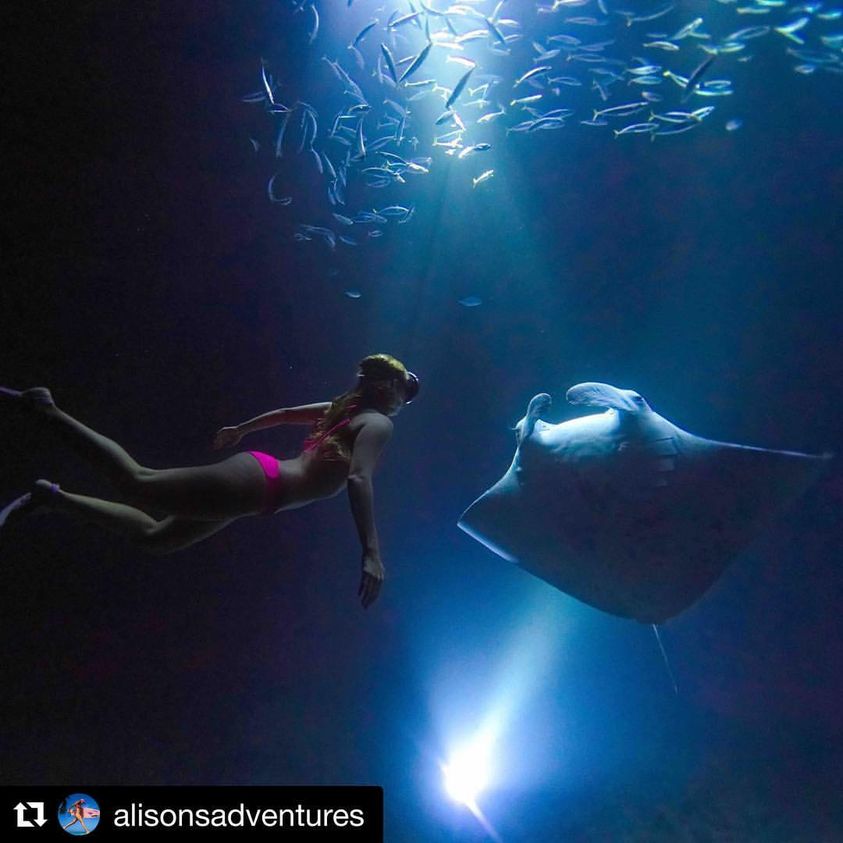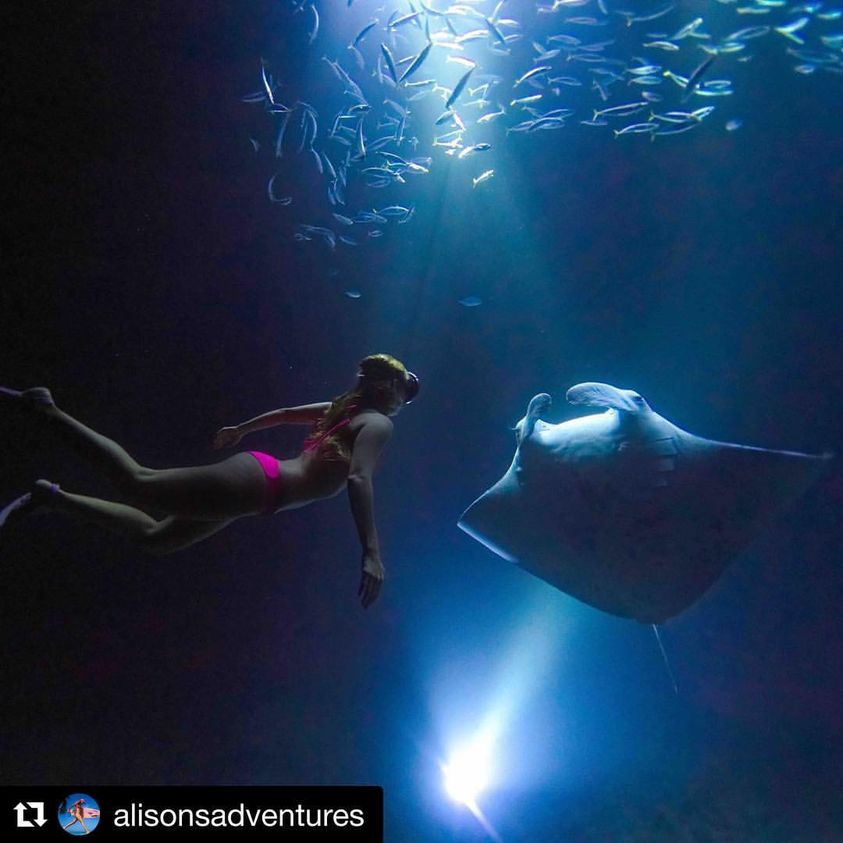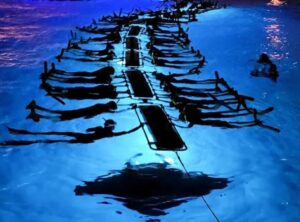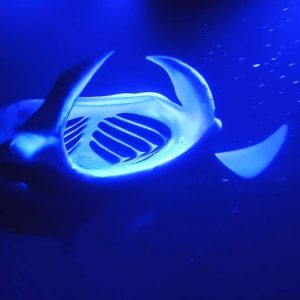
Here’s a good article by Martina Wing for Manta Ray Advocates on Manta Rays.
At Manta Ray Advocates, we refer to mantas as the ‘gentle giants of the sea’.
There are many misconceptions when it comes to these marine animals, mainly due to the sheer size and shape of their body. Noticeably, the mantas possess wide cavernous mouths and a large wingspan of up to 12-14 feet (reef mantas) / 22 feet (pelagic mantas).
Nonetheless, manta rays are harmless. Let’s dive into this a little deeper and answer all your questions – like do mantas have teeth, stingers, or barbs? How dangerous are they really? Are Manta rays dangerous?
“WASN’T IT A MANTA RAY THAT KILLED STEVE IRWIN?”
This is one of the most frequently asked questions we get asked before we take people out to swim with mantas.
The answer to that question is: “No, it wasn’t a manta ray.”
Steve Irwin died in 2006 after he accidentally got stung directly into the heart by a short-tail stingray. The poisonous dagger-like stinger killed him, and his death was most likely almost instantaneous. Steve was a great Australian conservationist and died way too young.
Stingrays have the ability to bury under sand and perfectly camouflage themselves. They are able to breathe and push water over the gills. It is certainly a worry if you would step onto a stingray, as they use their deadly stinger as a defense mechanism.
HOW STINGRAYS DEFEND THEMSELVES
The stinger is strong enough to pierce through the skin of an attacker and releases a complex venom that can cause intense pain at the puncture site. It is worth noting however, the stingray will only use this if they feel threatened, so always watch out for these guys.
In Hawaii, we only have the Hawaiian stingray which lives at depth over 50+ feet. It is an extremely rare sight; in over 20 years of scuba diving along the Kona Coast, I am still waiting to see one.
DO MANTA RAYS HAVE STINGERS, TEETH, OR OTHER SCARY ATTRIBUTES?
Contrary to stingrays, manta rays don’t have stingers.
Mantas do have teeth – however, these can’t bite you. Mantas have a long tooth band on the underside along their lower jaw. It looks just like sandpaper. Mantas can’t even use their mouth to suck in their food: they gather plankton by perpetually swimming forward.
The mouth of a manta ray may look intimidating from the sheer size, however, mantas do not have the ability to swallow anything other than plankton. They cannot even swallow small fish, and in some instances where a fish mistakenly gets taken into a manta’s mouth, the manta will immediately spit the fish back out.
Although manta rays have a wide gaping mouth, this cannot be used to defend against predators. The manta ray must rely on other learned techniques in order to survive in the ocean.
HOW MANTA RAYS REALLY DEFEND THEMSELVES AGAINST PREDATORS
A manta’s defense mechanism is flight. They can swim very fast and outrun their main predators, which are large sharks like a tiger or hammerhead shark. Adding to the speed, they are very acrobatic, just like fighter planes.
Amazingly, did you know that aerospace engineers study manta ray movements to use their maneuvers in their designs?









